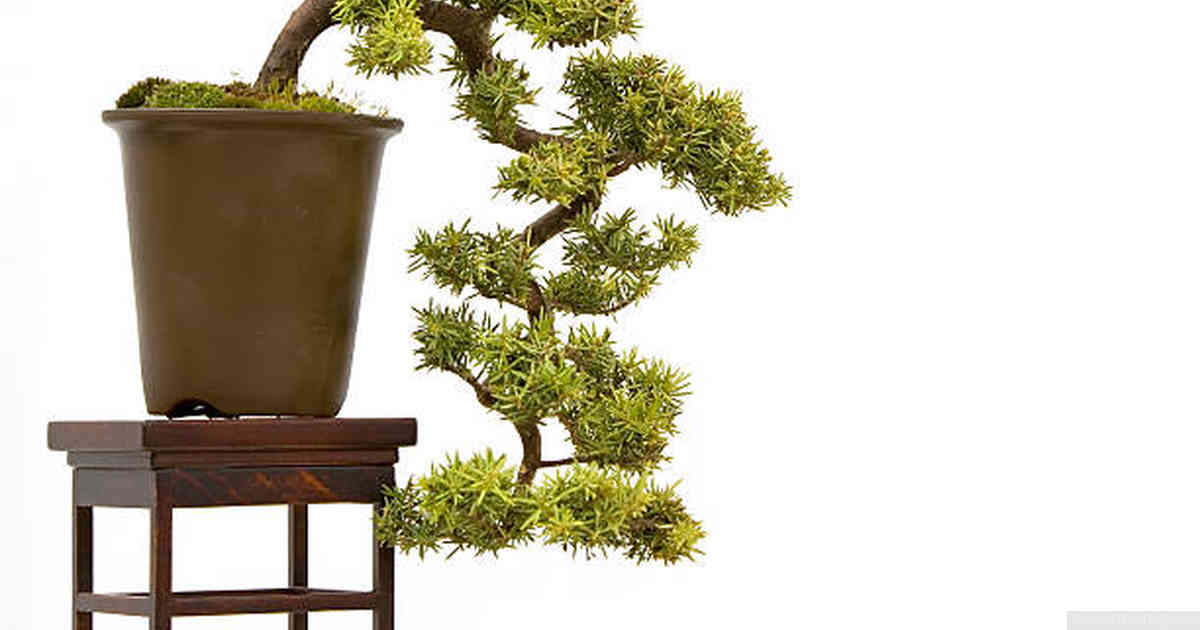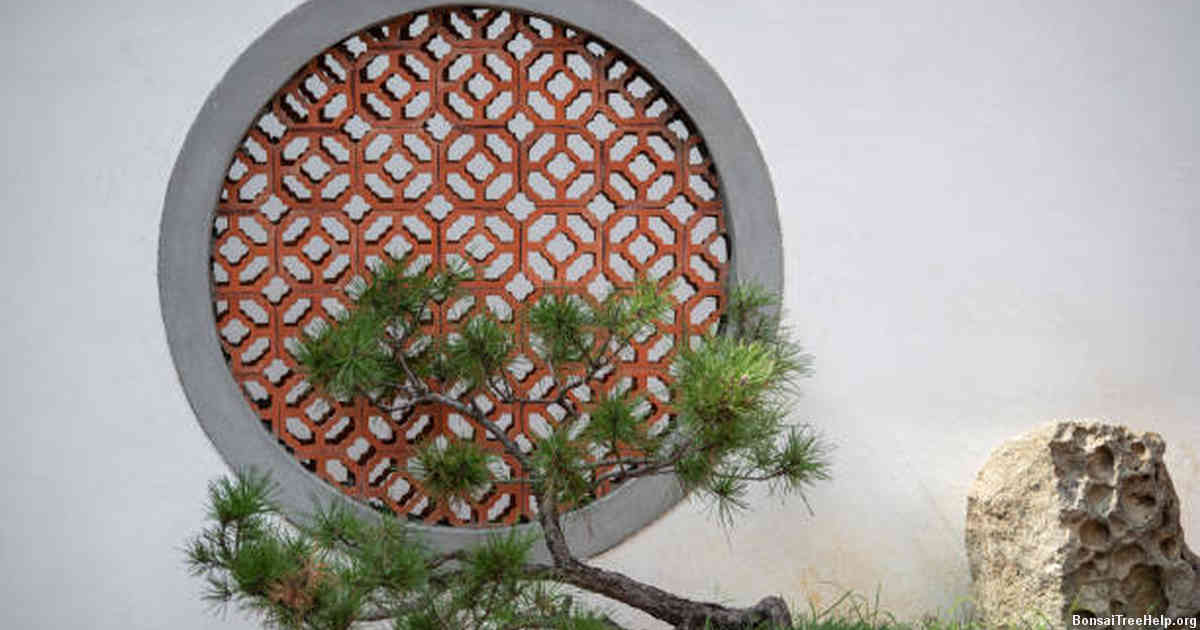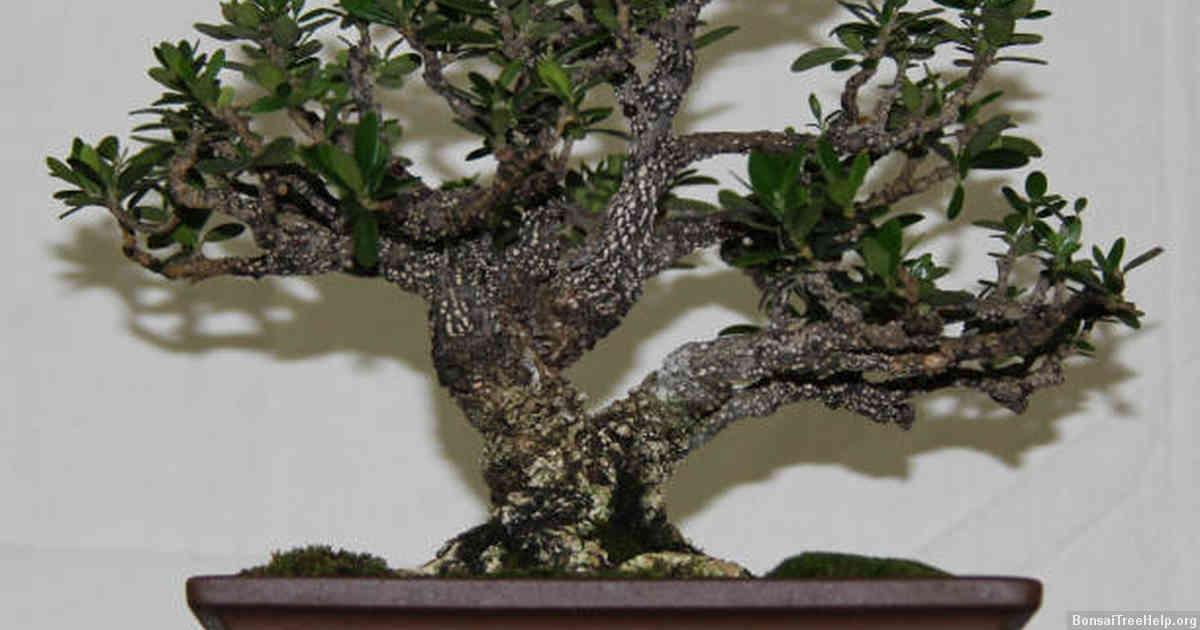
To train bonsai plants, you will need to prune, wire and repot them. Pruning helps to control the growth of a plant, shaping it into the desired form by removing unwanted branches or foliage. Wiring is used to manipulate branches so that they grow in the desired direction and shape. Repotting should be done every one or two years, as it ensures healthy roots by providing fresh soil and adequate nutrition.
Contents:
- Introduction to Bonsai Trees
- Understanding the Basics of Bonsai Training
- Choosing the Right Tools for Bonsai Plant Care
- Techniques for Shaping and Pruning Bonsai Plants
- Tips for Watering and Fertilizing Your Bonsai Trees
- Maintaining Healthy Bonsai Trees: Common Pests and Diseases
- Displaying and Presenting Your Bonsai Trees
Introduction to Bonsai Trees

When it comes to the art of bonsai, it is a fascinating hobby that has been practiced for centuries. Through trimming and pruning techniques, these miniature trees can be trained to grow in stunning shapes and sizes. Many enthusiasts dedicate hours on end perfecting their craft, shaping the tree into intricate forms like cascades or dragon faces. With patience and dedication, anyone can learn how to train bonsai plants – let’s take a look at what you need to know.
First off, you’ll need some basic supplies such as appropriate soil mix, pots with drainage holes and good quality bonsai tools like shears, wire cutters and concave branch cutters. Selecting the right plant is crucial too; make sure you pick one that fits your skill level as well as climate conditions since each species respond differently when it comes to training them. Popular choices include maples and junipers while tropical varieties like ficus or jade are easier for beginners.
Growing a miniature masterpiece takes effort but when done properly will reward its owner with beautiful results they can enjoy for years. Repotting or reshaping branches are just a few techniques used by skilled gardeners but with practice even novices can become experts at growing these unique living sculptures. Knowing how much water and sun exposure to give your bonsai tree is essential too – researching which variety suits best helps ensure success in this rewarding endeavor!
Understanding the Basics of Bonsai Training

Bonsai training is an art that requires a creative eye and dedication to detail. Understanding the basics of bonsai training can be daunting, but with practice and determination, anyone can learn how to master this beautiful craft.
Before you begin any type of bonsai training, it’s important to understand what bonsai is and its purpose. Bonsai is essentially the process of taking a tree or shrub and manipulating its growth pattern through pruning and wiring. This will cause it to grow in a certain shape while keeping its miniature size. The goal is not only aesthetic but also structural stability so the tree will survive without support in small containers.
Once you have an understanding of the fundamentals behind bonsai, you’ll want to determine which techniques you’ll use for your project as there are many different methods available such as defoliation, leaf trimming, roots pruning, stem bending, root reduction or even girdling when needed. As always however remember that bonsais aren’t meant for instant gratification; progress will take time so patience with yourself during this journey is key.
Choosing the Right Tools for Bonsai Plant Care

Properly caring for a bonsai tree requires more than just watering and light exposure. It also involves the use of specialized tools to ensure healthy growth and longevity. When selecting supplies, it is important to consider the specific needs of your type of bonsai tree. Different species require different care techniques; opting for one-size-fits-all products can be detrimental to your plant’s health.
A quality pair of trimming scissors should be considered a must-have when it comes to bonsai care. These special shears are used not only to snip away dead or overgrown foliage, but also when crafting stylish shapes into an established trunk or branches. Professional grade models feature convex blades that create a clean cut without ripping the bark or leaving jagged edges behind – which is especially important when working with delicate material such as leaves and buds. Look for corrosion resistant materials like stainless steel and comfortable handles with ergonomic grips that make detail work easier on wrists.
Another tool worth investing in is a knob cutter: specifically designed for creating subtle curves along trunks and thick branches as well as thinning out sprawling limbs so that light can penetrate deep within the canopy. This handy device features two opposing curved beaks which grip onto surfaces from both sides at once, removing pieces efficiently while mitigating damage to nearby tissue due to uneven pressure build up during cuts. Knob cutters come in varying sizes ranging from small enough for tiny twigs all the way up large branches – making them quite versatile additions to any collection of supplies devoted exclusively to tending bonsai plants properly.
Techniques for Shaping and Pruning Bonsai Plants

One of the most important skills to master when training bonsai plants is shaping and pruning. This process involves using different techniques, such as wiring and pinching, to create the desired shape for a tree. Properly done, it can turn a young sapling into an impressive miniature masterpiece that looks like something straight out of an ancient Chinese landscape painting.
Wiring is one of the key tools used in shaping bonsai trees. It requires wrapping flexible wire around each branch or trunk in order to force it into the desired direction. The wire needs to be kept taut but not too tight so it doesn’t injure the plant’s delicate branches and bark. Depending on how long the wire has been left on, over time the shape will become permanent once released from its bindings after weeks or months have passed by.
Pruning is another crucial technique utilized when training bonsai plants. This involves snipping off foliage or unwanted branches that detract from its overall look, balance and scale with sharp scissors or shears that leave behind clean lines instead of ragged edges. Pruning also helps keep bonsai trees healthy by removing dead wood and encouraging new growth from areas previously unexposed to sunlight before trimming took place due to larger foliage blocking direct rays from reaching them before pruning was performed.
Tips for Watering and Fertilizing Your Bonsai Trees

Watering and fertilizing bonsai trees correctly is essential for the health of your plants, yet so often it can be confusing. Proper watering techniques involve frequent shallow waterings during warmer weather, whereas heavy saturations during colder months are necessary to ensure moisture levels remain constant throughout their root systems. The key with watering is not to leave standing water or have too much between soaking sessions. Regular checking of soil levels will also provide insight into how much and when you need to water your plants.
Fertilizing a bonsai tree should happen about once a month, depending on the species and overall health of the plant. Finding an all-purpose fertilizer that offers balanced nutrients like nitrogen, phosphorus, and potassium is recommended as these help with flowering, leaf growth and hardiness overall. Applying a light but evenly distributed amount over its roots each time should be sufficient – but again check with soil readings as too little or too much could cause adverse effects on growth.
No matter what type of fertilizer you use it’s important to take into account the age of your bonsai tree before deciding how frequently you should apply it in order to achieve optimal success. Younger specimens may require more frequent feedings while established trees only need occasional spot applications during active growing periods such as spring or summertime when temperatures start climbing higher than average temperatures for its region.
Maintaining Healthy Bonsai Trees: Common Pests and Diseases

Maintaining healthy bonsai trees is an essential part of the art of training them. It requires careful attention to their environment and meticulous care of the plant, as pests and diseases can cause serious damage if left unchecked. Here are some of the most common problems that gardeners may encounter when trying to keep their bonsai specimens in good health.
Pests such as aphids, mealybugs, scales and spider mites often find their way onto bonsai trees if not prevented or quickly treated with an insecticide. These small insects feed on sap, leaves and needles which can inhibit growth and sometimes even kill parts of the tree. Keeping a vigilant eye out for any signs of infestation is key – discolouration or drying leaf tips are generally a tell-tale sign that something’s amiss.
Leaf diseases can also be a problem for Bonsais, ranging from harmless spotting caused by fungi to more severe issues such as dieback or powdery mildew. Pruning diseased branches promptly is important – failure to do so may result in the disease spreading throughout the rest of your tree. Regular inspection will help you catch potential infections early on before they worsen into bigger issues down the line.
Root rot can be one of the hardest illnesses to diagnose; symptoms often don’t show up until it’s too late, but regular watering sessions combined with proper fertilisation should help ward off this issue so long as your soil mixture remains appropriate for bonsai cultivation in general (which would vary depending on species). Paying attention to water drainage levels is also important: if you notice water staying stagnant at the bottom after irrigating your plants then it might be time for a new potting mix.
Displaying and Presenting Your Bonsai Trees

The presentation of your bonsai trees is almost as important as the cultivation process. From the angle you display it to the pot and soil mix, there are many elements to consider. Ultimately, you will want your bonsai tree to look attractive while also complementing its environment and feeling natural in its space.
When placing your bonsai indoors, give thought to where it can receive sufficient light without being placed in direct sunlight for long periods of time. Different types of trees require different levels of light exposure so be sure to research this before making a final decision on placement. Also, strive for symmetry and balance when displaying your bonsai indoors; look for ways that the tree appears integrated with its immediate surroundings such as furniture pieces or other plants nearby.
If displaying outside, pick an area with ample airflow but sheltered from strong winds which can easily damage tender branches and leaves over time. Ensure you place in close enough proximity that it’s easy for daily care including misting and trimming without too much effort or strain on your body. If keeping in a pot rather than planting directly into soil then opt for one which allows efficient drainage while also staying within size constraints – too large and heavy a pot may not suitably support a small or delicate tree variety. Taking these factors into account should help create an aesthetically pleasing setup outdoors just like inside – though likely best enjoyed during nice weather.
Leave a Reply